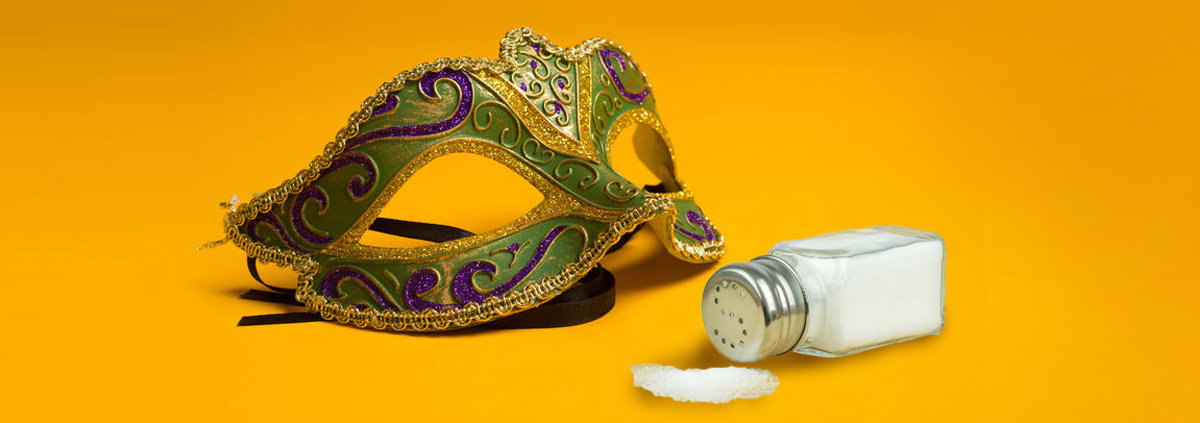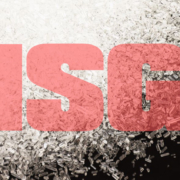What Happens if You Give Up Salt?
The next category of foods that you could give up for Lent is salt and sodium. Why do I mention both? Because they’re not exactly the same thing. Salt is sodium-chloride, a one to one proportion of sodium and chloride; sodium is just sodium. The typical American takes in over three grams or 3,000 mg of sodium per day. The upper limit is 2,300 mg and the goal is 1,500 mg. In past centuries, packing a food in salt was one way to preserve it, but with today’s refrigeration systems, we don’t need salt as a preservative. We just like it.
Where do we find sodium? Salt is added to all types of chips, nuts, processed meats, and deep-fried foods. But sodium is also added to many types of prepared foods. With the emphasis on reducing fat and carbohydrates, the flavor is often enhanced with sodium.
What could you expect to happen if you reduced your salt and sodium intake? You would probably lose some fluids. You body must keep sodium in a specific ionic balance, and reducing sodium would reduce the need for additional fluid. That could result in the reduction of blood pressure, something almost everyone could benefit from. That eases the strain on the heart, which won’t have to pump as hard because the resistance would not be as great.
As I’ve confessed before, I’m a salt-aholic so I’m going to work on reducing my sodium intake—no salty crunchy chips or roasted nuts, and no added salt to anything. I’ll also limit my intake of processed meats such as ham and bacon. We’ve become used to salt and sodium and it’s jaded our taste buds. No substitutions for this one. Time to retrain our taste.
What are you prepared to do today?
Dr. Chet









